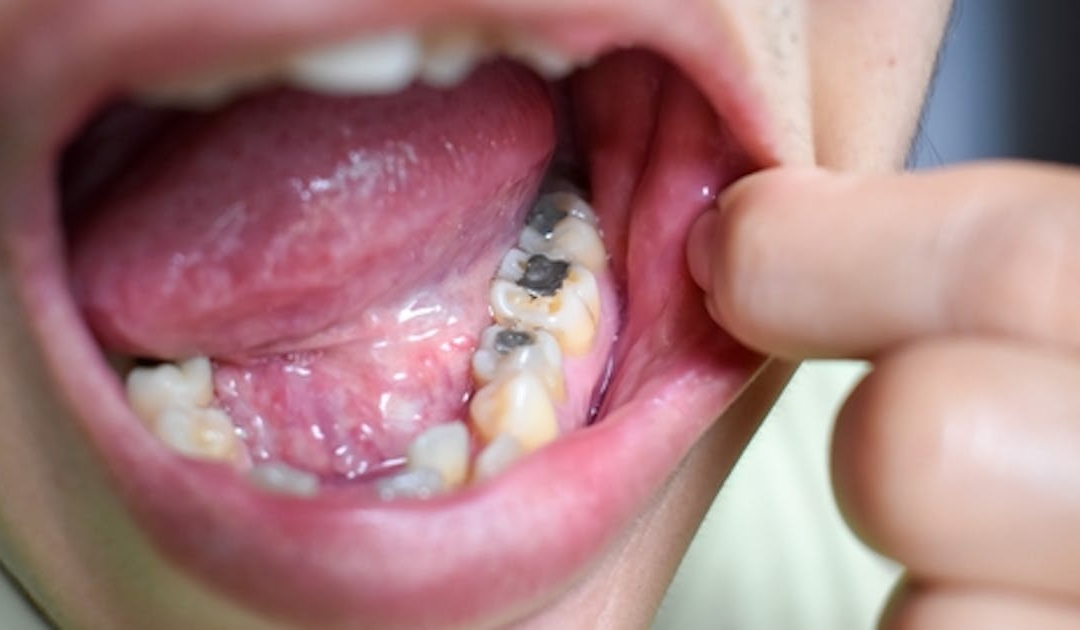A study on the use of dental amalgam in fillings used in the US exhibits a reduce of up to 73% in in posterior tooth from 2017-2022, and that less than 6% of dental fillings in posterior enamel in 2022 had been composed of dental amalgam—but that amalgam use can differ relying on populace.
The Epic Investigate research analyzed 1,346,918 posterior tooth filling encounters in that five-yr span to assess the price of amalgam fillings in contrast to resin or composite fillings every year, concluding that the level of amalgam fillings has diminished from 21.5% of fillings in 2017 to 5.7% of fillings in 2022. It also pointed out its use decreasing across all payers, between all age groups, and throughout both of those rural and urban regions given that 2017, but that “patients with the maximum social vulnerability are even now most likely to acquire amalgam fillings.”
Dental amalgam has been utilised considering the fact that the 1830s, and given that then hundreds of thousands and thousands of persons have experienced amalgam fillings. Issues about publicity to mercury as nicely as its probable affect to the environment have prompted a ban on amalgam for restorations in a range of nations around the world like Sweden, Norway, and Germany. The research notes that the US and other nations around the world are pursuing a “phasedown” solution with amalgam restorations as outlined in the Minamata Convention on Mercury, a world-wide treaty to defend health and the ecosystem from the consequences of mercury.
You may well also be intrigued in: Mercury and dental amalgam fillings: Execs and drawbacks
Also mentioned through that time body from 2017-2022 is the use of resin/composite restorations obtaining elevated from 79.9% in 2017 to 94.5% in 2022.
In teams with the best social vulnerability—a score connected to essential boundaries blocking general affected person wellness as nicely as worries all through a pure disaster and general public health emergencies, according to Danessa Sandmann, MPH, head of operations for Epic Exploration and analyze coauthor—the proportion of people who obtained amalgam fillings also diminished, but not by as a lot: 58% because 2017, which compares to a 73% minimize in the total rate of amalgam fillings. The discrepancy owes in section to amalgam restorations’ far better longevity than restorations utilizing other products, earning amalgam perhaps “preferential in in patient populations exactly where upcoming dental care stick to-up is less certain,” in accordance to the analyze.
According to Sandmann, the percentage lessen in amalgam fillings used on very young young children is the smallest lower scientists found.
“Even although clients ages -6 make up the smallest proportion of clients receiving fillings, we have been astonished to see that this age team experienced the smallest decrease in use of amalgam in the earlier five years,” Sandmann explained to DentistryIQ. “This was specifically exciting presented individuals -6 are viewed as at high-danger for the effects of mercury, per the Food and drug administration.”
Individuals aged 15-48 account for the the greater part of posterior tooth fillings and as this kind of, represent the the vast majority of clients with amalgam fillings in the typical inhabitants. This age group also had the greatest decrease above time in the proportion of fillings that employed amalgam.
General, stated Sandmann, “When we are encouraged by the general lessen in the use of amalgam fillings, it is significant to comprehend the place disparities in amalgam use however exist to support concentrate on education and probable interventions exactly where desired and our examine helps carry out that target.”
Accessibility the total research: Mercury-that contains amalgam fillings account for fewer than 6% of posterior tooth fillings in 2022
